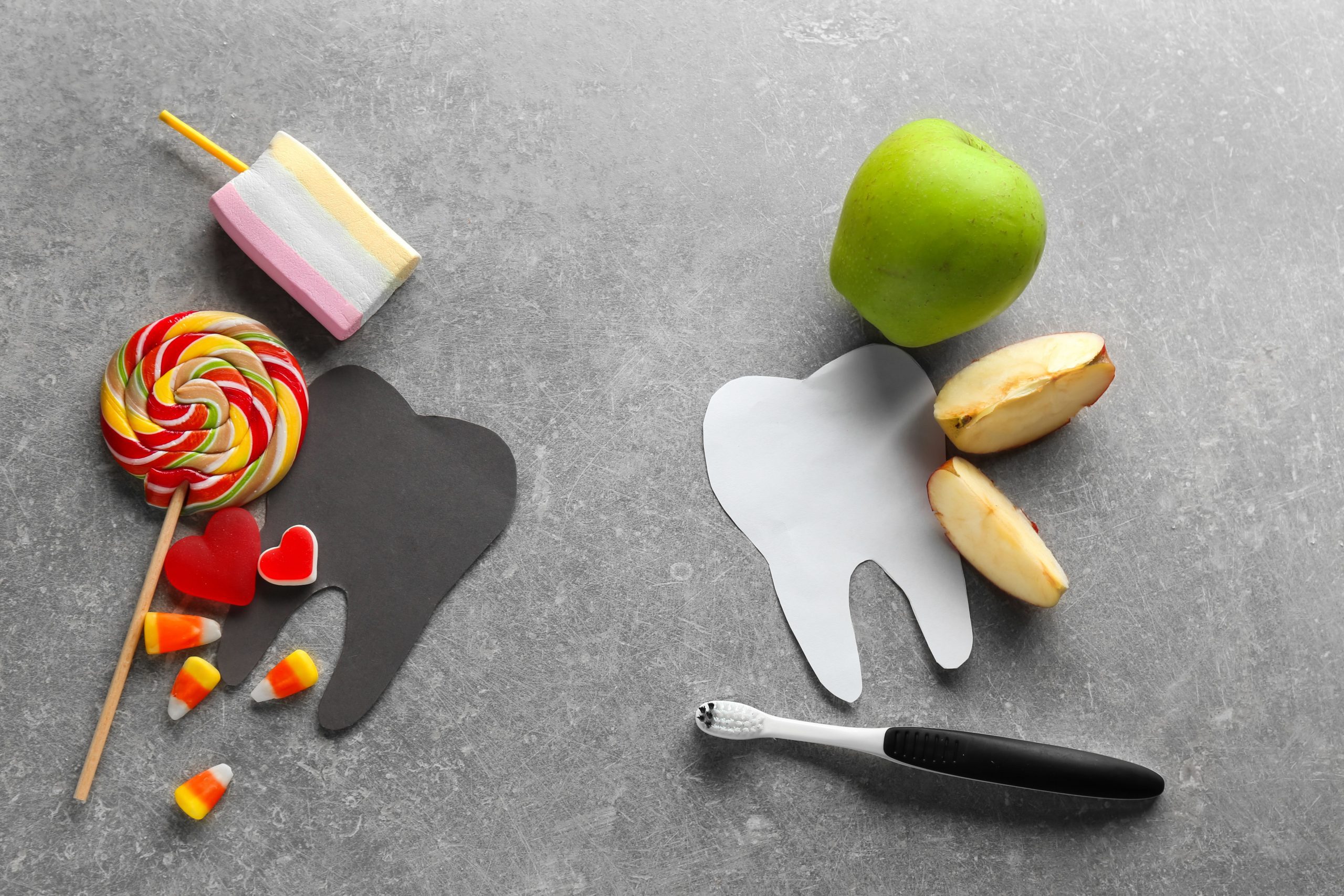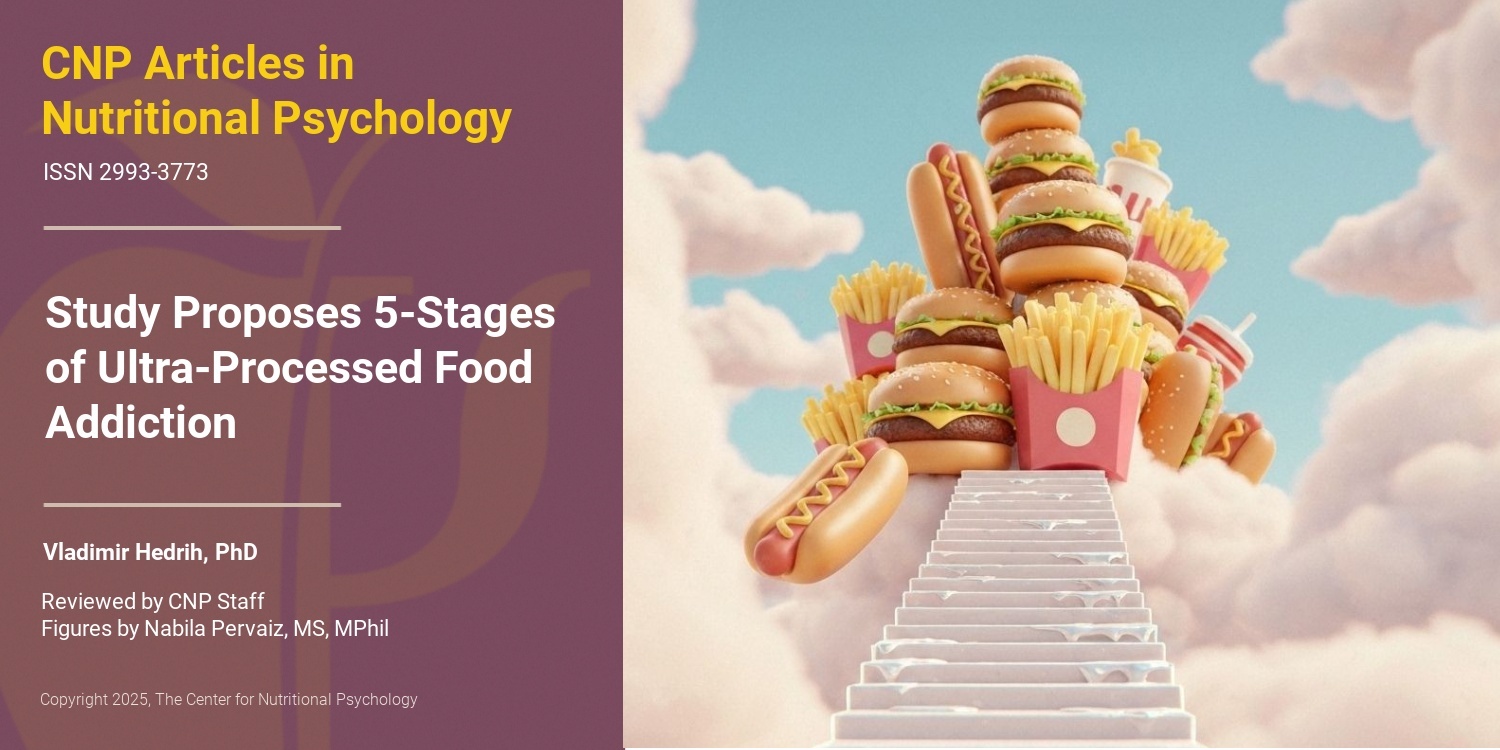Early Introduction of Sugar-Sweetened Beverages and Caries Trajectories from Age 12 to 48 Months
In this 2020 study, 1,111 Scottish children were recruited and assessed on their sugar-sweetened beverage intakes and the number of dental cavities found. The overall objective was to find an association between early (during the first year of life) and subsequent consumption of sugar-sweetened drinks with caries trajectories. The children were examined annually from 12 months old to 48 months, with their parents reporting sugar-sweetened beverage (SSB) consumption. SSB intake was then divided into 2 components: the initial intake level; and the deviation from that value over time. Also, dental caries were clinically determined every year. According to the analysis models employed, the number of caries discovered grew as SSB intake and the deviation from the initial SSB intake increased. By the time the children were followed up for the fourth time, the predicted mean difference in decayed, missing, and filled tooth surfaces between kids with low and high initial sugar-sweetened beverage consumption was 1.73. In addition, the difference observed between children with low and high deviation from their initial SSB intake was 1.17. These data highlight that Scottish children tended to experience more dental caries after being introduced to sugar-sweetened drinks during the first year of their lives. Furthermore, these findings back up the current recommendations to avoid giving sugar to very young children. [NPID: sugar, oral health, tooth decay, SSB, sugar-sweetened beverages, cavities, Scotland, young children]
Year: 2020
 Navigation
Navigation






